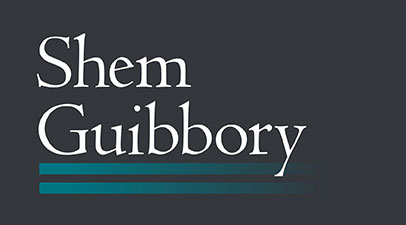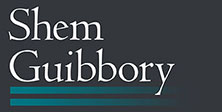Influences – a Musical Biography
 My generation of violinists (studying in the 1960’s and ’70’s) were encouraged and expected to develop a personal style, organic and distinct for each of us. We were incredibly lucky: we were surrounded by many living great performing artists from the European tradition as well as a number of unique American innovators. We had one foot in the Old World and one in the New; there were many styles and ideas on which we could draw. Expertise in Chamber Music was becoming more and more accepted as an integral part of the Violinist’s core knowledge and skills. The world of Classical Music seemed immense and everlasting.
My generation of violinists (studying in the 1960’s and ’70’s) were encouraged and expected to develop a personal style, organic and distinct for each of us. We were incredibly lucky: we were surrounded by many living great performing artists from the European tradition as well as a number of unique American innovators. We had one foot in the Old World and one in the New; there were many styles and ideas on which we could draw. Expertise in Chamber Music was becoming more and more accepted as an integral part of the Violinist’s core knowledge and skills. The world of Classical Music seemed immense and everlasting.
From ages 15-17 I was privileged to study at CalArts, where my Eurocentric mind was blown and my innate sense of the Unity that underlies all arts and cultures came to the fore. From CalArts I moved to New Haven, Connecticut where at Yale School of Music I studied with Violin Professor Broadus Erle. [download guibbory violinist bio]
Broadus Erle was a genius at teaching principles and organic concepts that could be applied endlessly in understanding violin technique, musical technique, and chamber music technique. His flexible imagination made an indelible impact on me, giving me scores of examples in problem solving in each of these technical areas. One interesting example: organizing violin technique in a Pyramid Structure where one key principle (such as Vibrato, Circular bowing, Parlando, Impulse, Offbeats and Rhythm) occupies the Apex. If you then turn the Pyramid Structure so it rests in a different base, a different key principle will be at the Apex. The implication is that you can approach a given violinist’s technical issues through a number of perspectives, selecting one that offers the most clarity and opportunity for the recipient. I have also found the model incredibly useful for an organic analysis of how groups and organizations can best function – I applied it extensively during my 9 years as Music Director of the Bennington Chamber Music Conference and Composers’ Forum, and it was tremendously effective.
While living in New Haven I began performing with composer Steve Reich’s group, Steve Reich and Musicians. Some sort of natural wisdom of those early years inspired Steve to give tremendous recognition and credit to the amazing musicians he brought together: his edict at that time was that only his group could perform his music. The musicians and the group were powerful. They clearly demonstrated how performances of great depth and spirit will create their own audience.
In 1983 I was introduced to pianist Sophie Feuermann, the youngest sister of cellist Emanuel Feuermann and violinist Sigmund Feuermann. I proceeded to work with her periodically for almost 20 years. Sophie insisted that an Artist must harness their personal style (without which, in her opinion, one could not be an Artist) to a disciplined understanding of the Technique of Expression…a specific technique derived from a) the musical text and it’s graphic images and b) from an understanding of the personality of the composer.
She made it very clear that these elements were simply part of her and her brothers’ musical understanding – not learned and not bandied about as a “school” or a “system”. These elements were something simple and organic. She also said – and my years of experience have shown it to be true – that they would grow over time as you worked at it and in particular would develop only in proportion to the way you grew as a person. Growing as a person included musically appropriate use of the body when playing – that if the body was not “right”, the music could not be “right”.
And this element – growing as a person – was the single key to developing talent and ability into a Musician, and from there into an Artist. It is also the element without which you cannot sustain high level Art.

